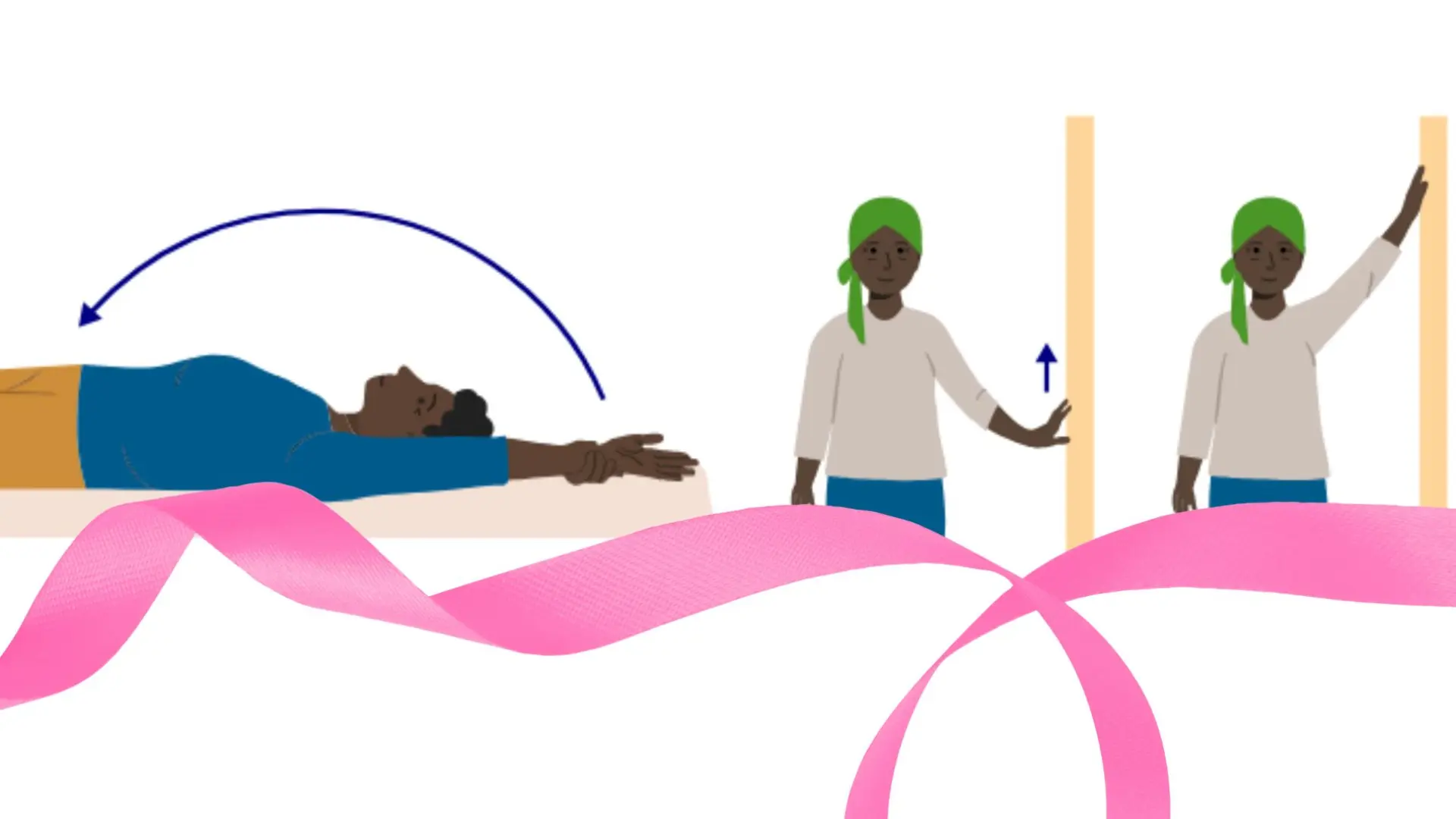“Exercise can reduce your risk of cancer by up to 30%.”

“During chemotherapy, I went to yoga every week. Every day I walked with my sister as much as I could, four, five, or even six kilometers. Physically, I came home tired, but mentally rested and felt much better.” Cristina T., a 36-year-old native of Zaragoza, is one of many breast cancer patients who have turned to sport as a way to “lifebuoy” during one of the worst moments of his life. But her case is not unique… Many more cancer patients followed her example.
The fact that physical exercise is a very effective means of preventing and combating many of the consequences of cancer itself is not only recognized by the patients themselves, but is also scientific evidence. In recent years, an increasing number of oncological scientific publications have appeared, including studies in which Exercise has been rigorously proven to improve cancer rates.from prevention to the stage of preparing the patient for treatment.
“It has been observed that exercise helps reduce the risk of developing cancer by up to 30%, (breast, colon, bladder, endometrium and stomach) and reduces the risk of specific mortality by 20%,” points out Julio Lambea, oncologist at the Clinical Hospital of Zaragoza and president of the Spanish Association Against Cancer in the capital of Aragon.
It has been known for many years that exercise is a very effective means of preventing and cope with the many consequences of cancer itself. In this sense, Dr. Elena Aguirre, director of the Quironsalud Zaragoza Cancer Institute, recommends a number of recommendations that can help reduce the risk of breast cancer. “Clinical guidelines, as well as the World Health Organization (WHO), They recommend a type of exercise combined with 150 minutes of cardiovascular activity per week.such as walking, running or swimming, as well as two strength training sessions per week lasting about 30 minutes each. It is advisable to follow a Mediterranean diet, rich in fruits and vegetables, limiting fats and avoiding alcohol,” he points out.
“Clinical guidelines recommend a type of exercise combined with 150 minutes of cardiovascular activity per week and two sessions per week of strength training.”
Once diagnosed, it has also been shown that starting exercise before treatment can have numerous benefits for subsequent recovery. “This is included in the concept of preliminary rehabilitation, an approach based on several disciplines, of which in Zaragoza we have an innovative unit,” explains Pablo Gargallo, physiotherapist, teacher and researcher at the University of São Jorge, and member of the Physiotherapy Recommendation Service of the Spanish Association Against Cancer of Zaragoza, a service that is born as a result of cooperation between both entities.
In the case of pain, exercise can provide significant improvement, although this will require the involvement of a multidisciplinary team. “At each stage of the disease, appropriate things are done. In this team, in addition to the oncologist, there should be a rehabilitation doctor, nutritionists and other health workers,” says Julio Lambea, oncologist at the Clinical Hospital of Zaragoza.
Mitigate side effects
Diagnosed patients also find that exercise will be a great travel companion. mitigate side effects. It has been proven that in the case of breast cancer from 16 to 43% of victims suffer from functional limitations in the shoulder, and swelling, pain, or decreased strength and flexibility of the upper extremity one year after surgery. Additionally, in some cases, they experience severe episodes of fatigue, depression, or lymphedema. “One of the main problems is “asthenia, severe fatigue that affects most women undergoing cancer treatment”explains Elena Aguirre, who assures that sports helps fight this fatigue, improve their quality of life and become an important part of their physical and emotional well-being.
Another aspect that improves with exercise is bone health. which during the oncological process is usually changed by certain treatment methods, such as hormonal ones. “In this case, it is necessary to train with sufficient and adequate load stimulus to achieve improvements. Even in people with bone metastases, which is unfortunately common in advanced breast cancer, exercise It is a safe and effective option when prescribed correctly. “Maybe not so much to improve bone health, but to improve the ability to move and even reduce pain,” says Pablo Gargallo, a physical therapist and teacher.
All physical activity and exercise guidelines from major health care agencies are used to select the most appropriate type of exercise. It is recommended to include aerobic and strength exercises, although most also choose other types of exercise such as flexibility, balance or coordination.
There are many reasons why it is recommended to include these two main types of exercise: They improve cardiorespiratory condition, help prevent and/or eliminate many consequences, have a beneficial effect on the immune system, and it is even thought that they may improve the tolerability of some cancer treatments.
“In addition, it is seen that a higher percentage of muscle mass and muscle strength not only affects movement or the risk of falls, but muscles also act as an important regulatory organ in the body,” confirms Pablo Gargallo.
And if it’s true that exercise is beneficial for cancer patients before, during and after treatment, other studies support it.”Higher levels of physical activity are associated with a lower risk of relapse. But not only that, it also reduces the risk of other health problems that are very common in people with cancer, such as cardiovascular, and even the risk of mortality from cancer or other diseases,” – concludes Gargallo.
